Heinkel’s He-274 high-altitude reconnaissance-bomber did not serve one single day in Luftwaffe colors during WWII, however after the war it was a useful addition to the rebuilding French air force.
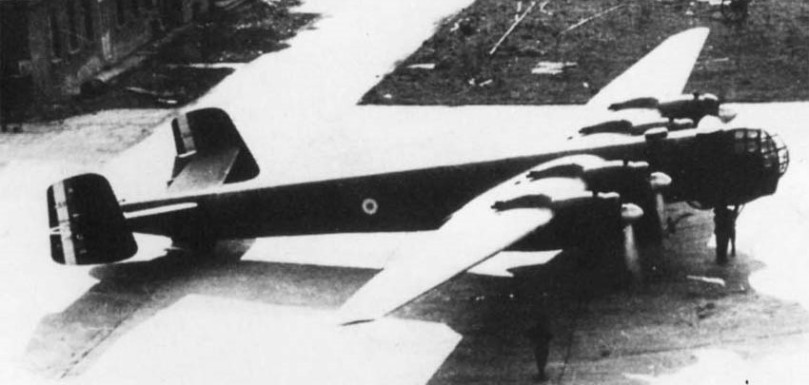
Heinkel’s He-274 high-altitude reconnaissance-bomber did not serve one single day in Luftwaffe colors during WWII, however after the war it was a useful addition to the rebuilding French air force.

I would like to wish a Merry Christmas to all wwiiafterwwii readers.
Below is the Rocket, the newspaper of Redstone Arsenal, AL from 23 December 1952 – 7 years after WWII and 71 years ago today. Santa Claus is on a JB-2 Loon. If the Loon looks like a WWII German V-1 buzz bomb, there is a good reason, because that is what a Loon was.
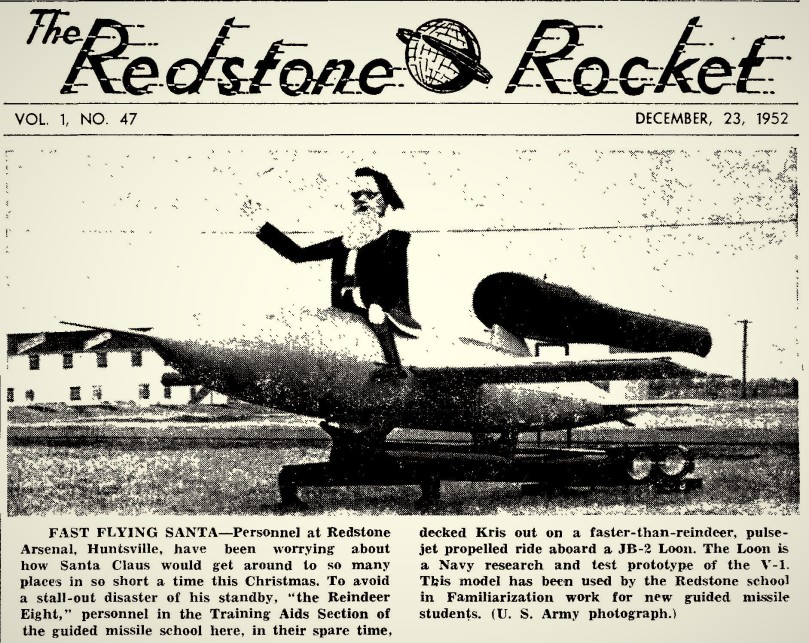
After WWII ended the French navy experimented with grafting German technology into new French naval weapons, with varied results.

(French navy personnel with a WWII German Junkers Ju-88 during postwar weapons tests at Fréjus-Saint Raphael, France.)

(The WWII German Hs-117 Schmetterling SAM and its postwar French naval offspring, the Maruca.)
When WWII began in 1939 Japan was an aeronautical giant; one of the top five aerospace powers on Earth. Six years later the industry lay in ruins and a year after that, no longer even existed on paper.
With the possible exception of Mitsubishi, very little was ever written about Japanese aerospace companies before WWII and most were unknown outside of their homeland; in contrast to companies like Messerschmitt or Boeing which were famous worldwide. Nearly no attention at all was given to what happened to them after WWII.
A study of their final fates also has a second story. This is how defense contractors – which dominated Japan’s GDP during the early 1940s – were dismantled in a controlled way to limit the “contagion” of their loss to the wider postwar economy.

(Mitsubishi’s bombed-out factory at Nagoya at the end of WWII.)
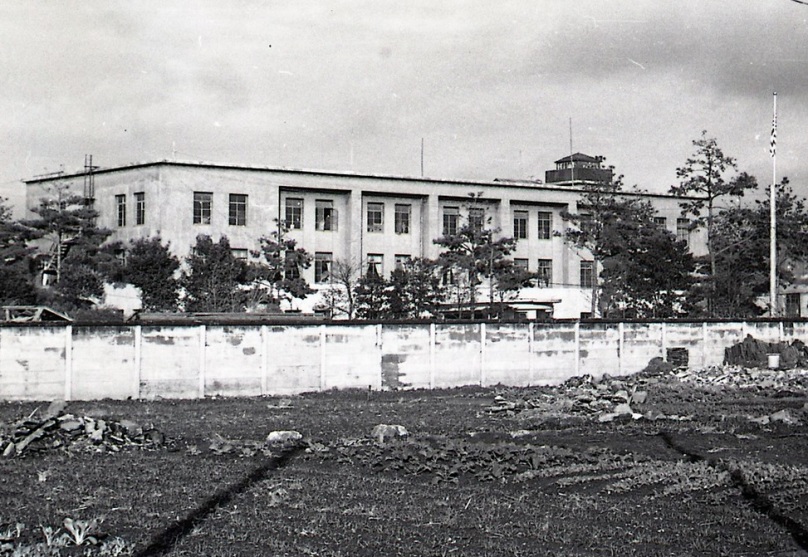
(The Nakajima Aircraft corporate offices in Ota during the post-WWII American occupation. Today a Subaru factory; one of Nakajima’s descendants, is on these grounds.)
The Korean War’s air combat is best known for the duels of MiG-15s and F-86 Sabres in the world’s first jet-vs-jet matchups. An unusual sideshow to that was North Korea’s use of woefully obsolete WWII types as night harassment planes. They were called “Bedcheck Charlies” by the Americans.

(North Korean Po-2 “Mule” which was used as a Bedcheck Charlie plane, just as the Soviets had done during WWII.) (artwork via Wings Palette website)

(The MBR-2bis, another WWII Soviet plane used by the North Koreans for Bedcheck Charlie missions.)

(Two of the WWII-legacy American answers to the problem: a F4U-5NL Corsair and in the background, a F7F-3N Tigercat.)
Sadly the military history of Lebanon will, at least for the near future, be dominated by the horrible 1970s – 1980s civil war. The country did have military history prior to that, including WWII-era warplanes in its early air force.

(Lebanese air force Harvard, the RAF’s name for WWII lend-leased T-6 Texan trainers.)

(Lebanese air force SM.79 bomber. The country was the last in the world to fly this WWII Italian warplane.)
(part 1 of a 2-part series)
Throughout the 1950s and 1960s, the Soviet Union conducted regular nuclear weapons tests. One of these was unique in that it was not just a test detonation of a weapon, but a full-scale military exercise which involved a blend of WWII-vintage systems and their Cold War-era replacements.

(One of the two Tu-4 “Bull” strategic bombers involved in the 1954 exercise. There was a primary and alternate Tu-4 staged, of which only one dropped a bomb. The “Bull” was an unlicensed copy of the WWII American B-29 Superfortress.)

(An ex-Wehrmacht PaK 40 anti-tank gun smashed and radioactive following the 1954 Soviet atomic test.)
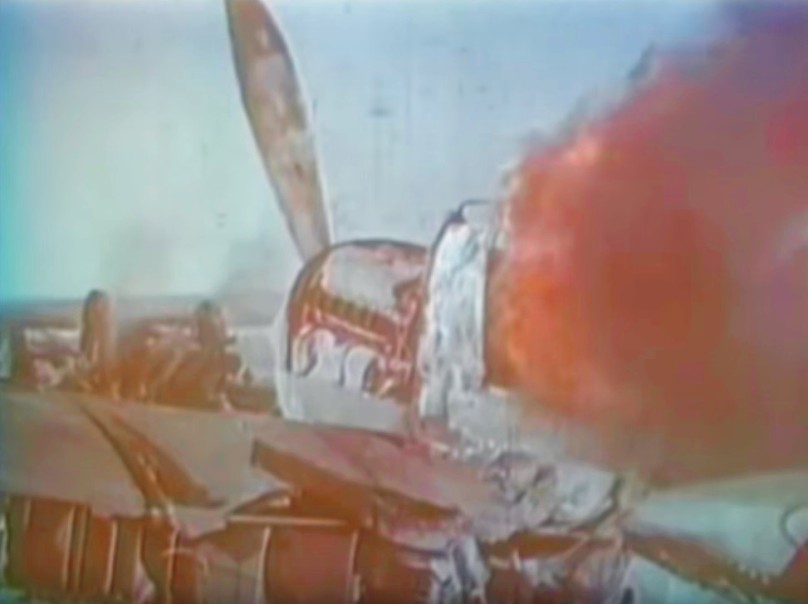
(A WWII Il-10 “Beast” burns after the exercise atomic detonation.)
Alongside the B-17 Flying Fortress, the B-24 Liberator was one of the main American bomber types of WWII pending arrival of the B-29 to the Pacific theatre. Despite the huge number built, they disappeared with amazing quickness from the postwar American military, serving on only in China and India.

(The EZB-24 test plane which was the very last Liberator in the US Air Force.)

(Indian B-24 Liberator bomber.)
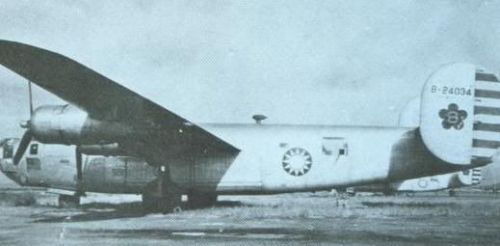
(Taiwanese B-24 Liberator bomber.)
France restarted domestic production of the Junkers Ju-52 transport after WWII. Although intended as a quick, cheap stop-gap solution, the AAC.1 Toucan fought in three post-WWII conflicts and quietly served as long after WWII as the famous original Junkers did before and during WWII.

(Junkers Ju-52s of the Luftwaffe training Fallschirmjäger during WWII.)
 (A French air force AAC.1 Toucan – the post-WWII French copy of the Ju-52 – flies over a burning Vietnamese jungle during the Indochina War.)
(A French air force AAC.1 Toucan – the post-WWII French copy of the Ju-52 – flies over a burning Vietnamese jungle during the Indochina War.)

(A French air force AAC.1 Toucan in Africa during the 1950s Algerian War.)
During the 19th and early 20th centuries, Shanghai was famous as China’s international city, a busy trade port with notorious underworld . During the latter part of the 20th century, the city languished through Mao’s Great Leap Forward and Cultural Revolution, before once again becoming a world-class city leading in finance, technology, and culture at the turn of the millennium.
There was a very brief time after WWII, only four years, when the city was under the Kuomintang (KMT), or nationalist Chinese government. What makes this period interesting militarily, was the unusual combinations of WWII weaponry fielded there, and a now largely-forgotten American military presence in China.
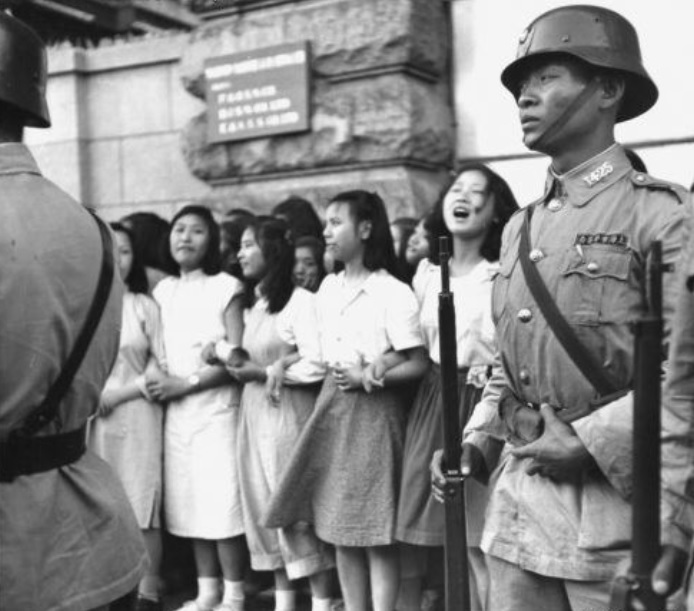
(Officers of the Shanghai Police Department monitor a political protest in 1948. Equipment includes a stahlhelm M35 helmet and Arisaka Type 38 rifle.)

(An abandoned Mitsubishi Ki-21 “Sally” bomber sits opposite American C-46 Commando, C-54 Skymaster, and C-47 Skytrain transports at a former Japanese airbase near Shanghai after WWII.)

(Soviet-made T-26 and American-made M3/M5 Stuart tanks of the nationalist army together in Shanghai during 1949. An irony of this last battle is that the nationalists were partially equipped with Soviet gear and the communists were partially equipped with American gear.)